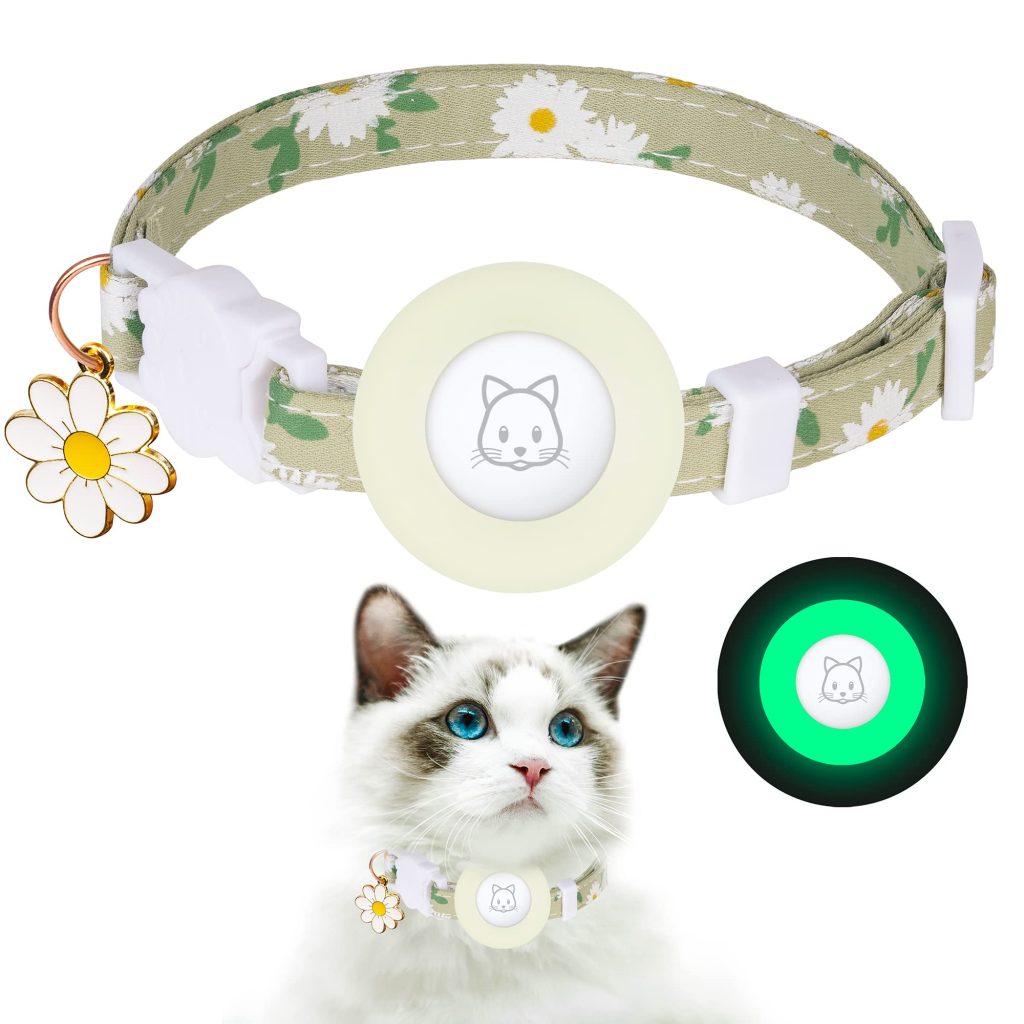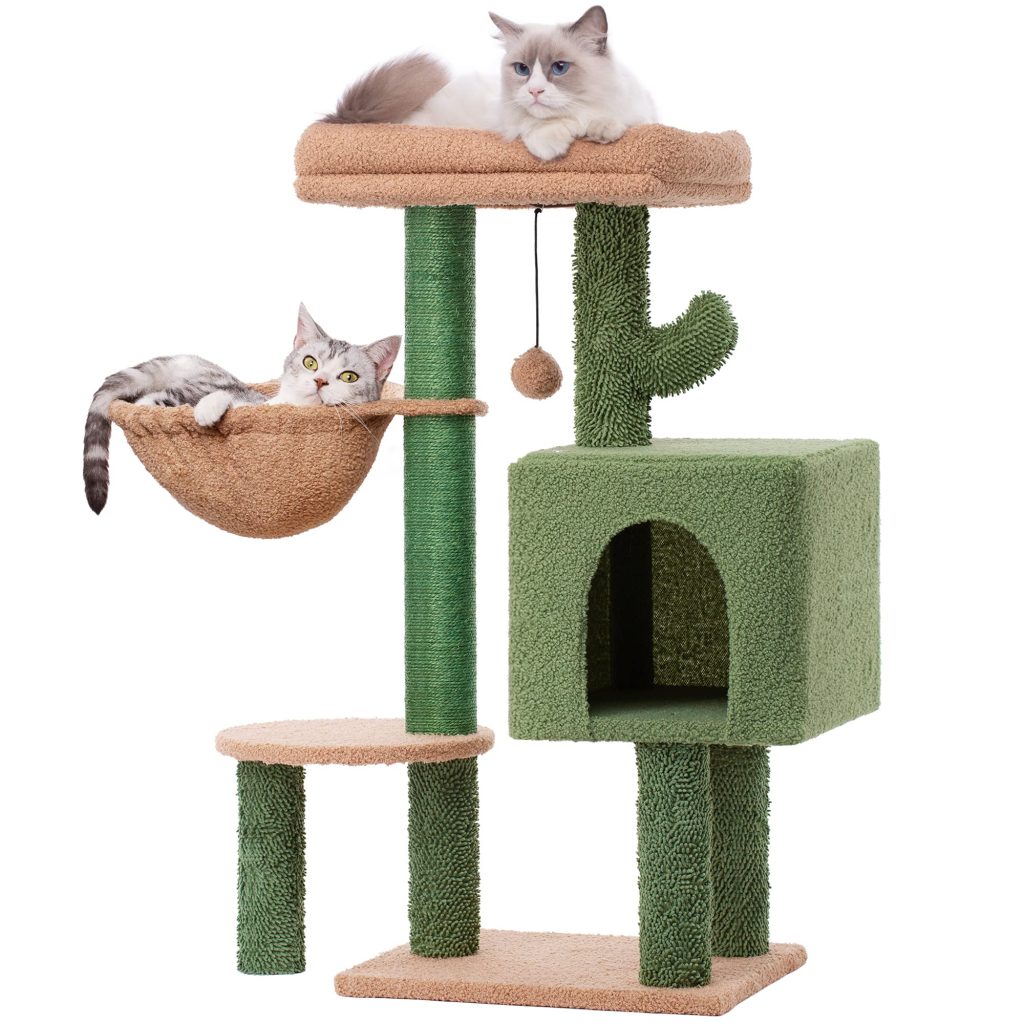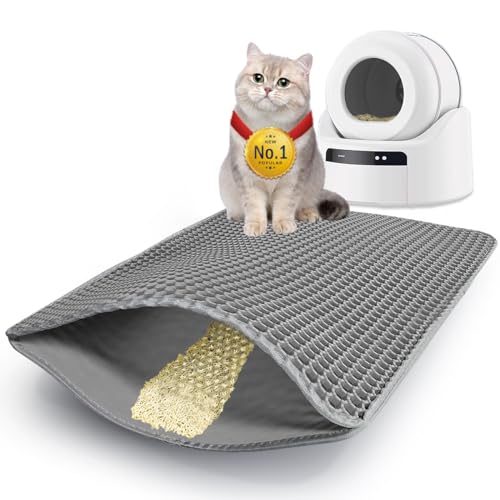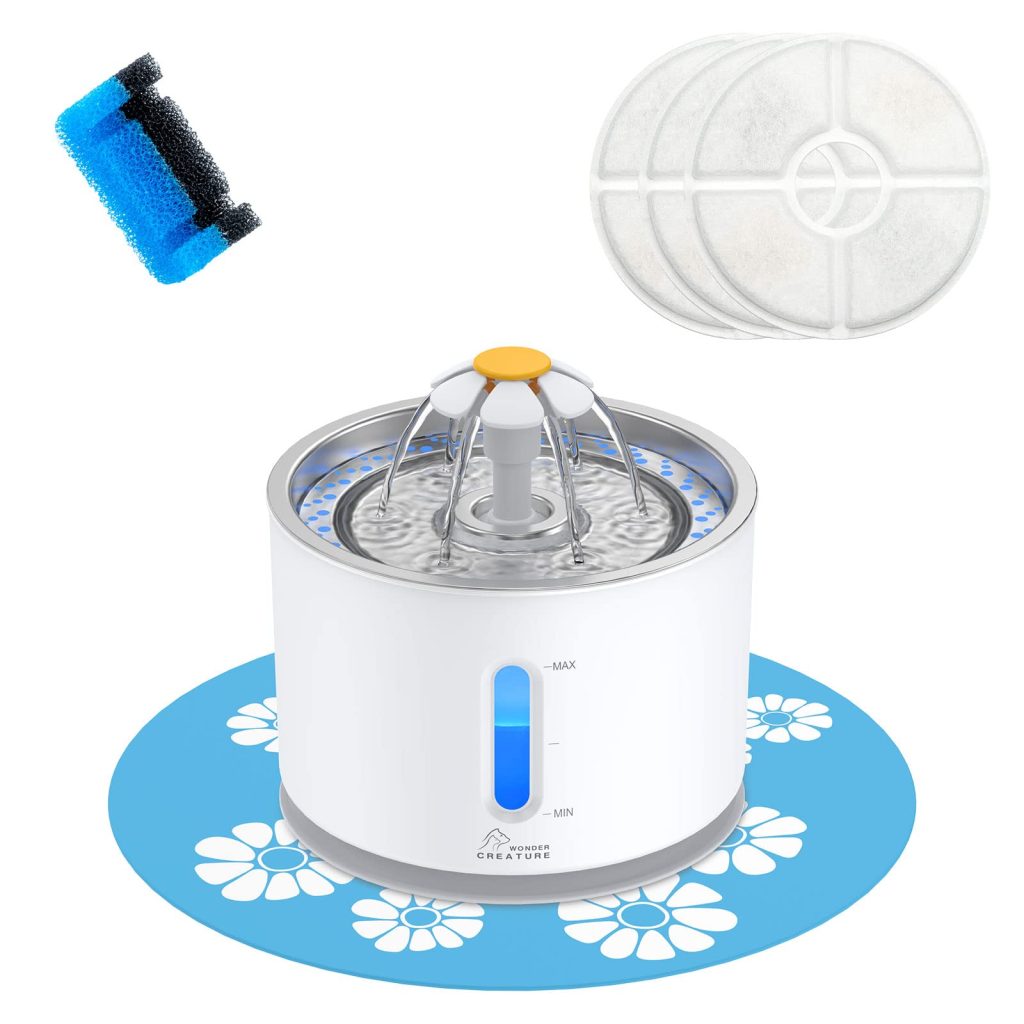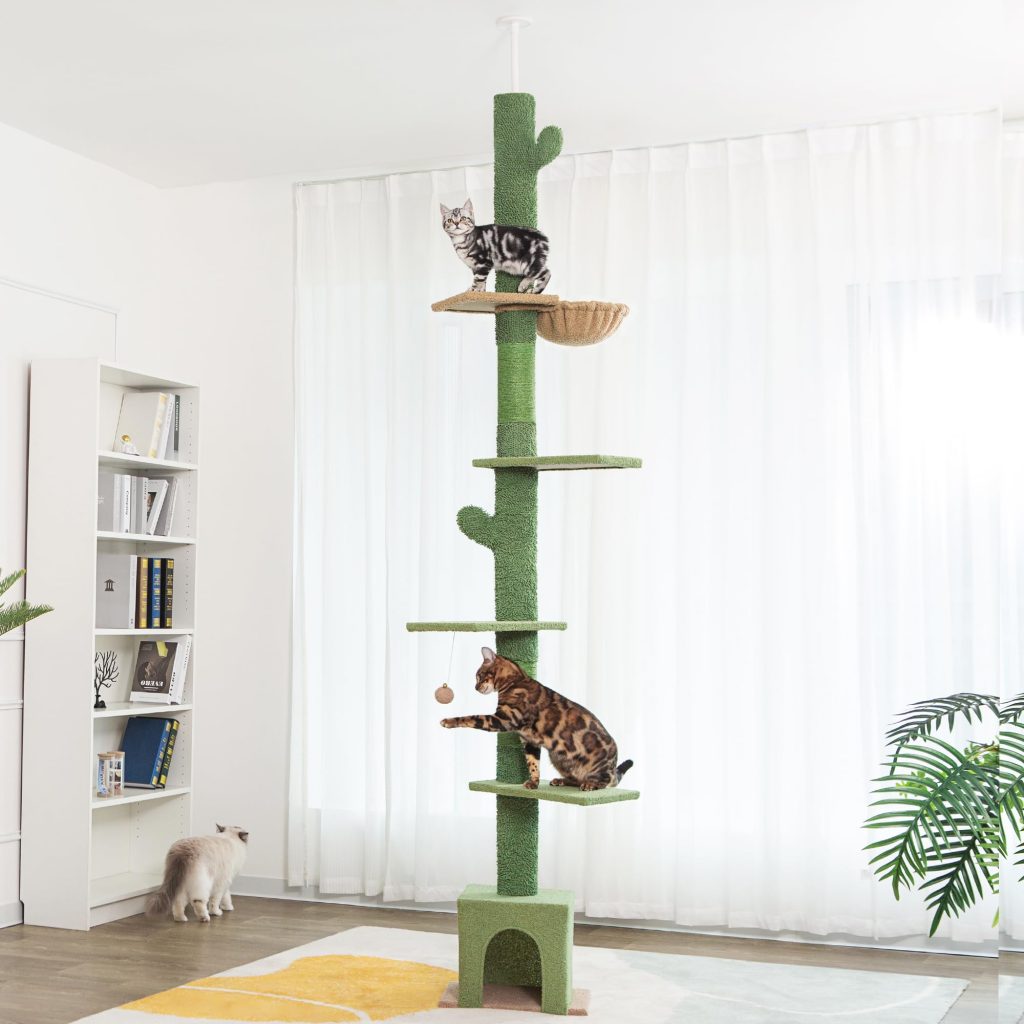
Understanding the Root Causes of Feline Territoriality
Cats are fascinating creatures with personalities that can light up our lives – but sometimes, they can also baffle us with their behavior, especially when it comes to their fierce sense of territory. Ever wondered why your cat might suddenly start ruling your living room like a tiny lion king of the savanna? It’s all about instinct.
Let’s dig a little deeper, shall we? Imagine a world where sniffing a tree or rubbing your cheek on a corner carries as much weight as signing a legal document does for us humans. For cats, these actions are their version of putting up a ‘Keep Out’ sign on their personal space. Their ancestors were solitary hunters, not only craving their own space but also depending on it for survival. So, when your cat spritzes perfume (aka urine) or scratches their personal tag on furniture, they’re just acting on that ancestral call saying “This is mine!”
Don’t forget the emotional aspect, either. Feline territoriality isn’t always about survival. Sometimes, it is about feeling secure and in control. Your home is their kingdom, after all; a place where they need to feel safe from any pesky intruders – be it another pet or even the vacuum cleaner.
And can we talk about the importance of resources? Cats aren’t known for their sharing capabilities. Having their own food bowls, litter boxes, and scratching posts isn’t just a preference – it’s a necessity for keeping the peace. So when another cat or pet enters the scene, sharing can feel like an impossible compromise to your kitty’s inner monarch.
Understanding these root causes isn’t just about satisfying curiosity – it’s a cornerstone in building a strong and trust-filled relationship with your feline friend. By respecting their need for space and security, you’re not only preventing World War Whiskers but also helping them feel loved and understood. So next time you catch your cat eyeing up a new box or cozy blanket, remember: they’re not just picky, they are instinctively staking claim to what they believe is rightfully theirs.
Identifying Signs of Territorial Behavior in Cats
Alright, you might be wondering: “How do I know if my fluffy buddy is getting territorial?” Well, your cat’s body language and daily activities will give you all the hints you need. It is like being a detective in a crime show, but instead of looking for clues to solve a case, you’re decoding your cat’s secret language of ownership!
If you’ve ever noticed your cat doing a lot of scratching – and I don’t just mean that adorable stretching-scratching combo they do after a nap – they could be laying down some boundaries. Cats have scent glands in their paws, so those scratches are like a neon sign flashing their name. And when it comes to urine marking, yep, that is another way of saying “This spot? It’s booked!” And it is not just for the great outdoors; indoor cats mark their territory too.
Body language is a big giveaway; a cat that’s spreading out, making themselves look big, or walking with a swagger, is saying, “I own this joint.” Then there’s the staring contest – if your cat suddenly stares down the neighbor’s cat through the window, chances are they’re not planning a playdate. Your cat is probably thinking, “Back off, that is my turf!”
Don’t say goodbye to blocking behavior. Imagine you are settling in for movie night and your cat decides to plop right down in front of the TV. Cute, right? Well, it can also be their way of controlling the space… and potentially the remote.
Now, picture this: you bring home a new furball friend hoping they’ll be instant BFFs with your resident cat, but instead, your first cat acts like they’ve seen a ghost. Hissing, spitting, growling – these aren’t just Halloween sound effects; they’re signs your kitty feels their domain is threatened. And when it comes to fights – oh boy – those aren’t just random bouts of feline wrestling. Those scuffles can be about establishing who’s the boss.
But hey, not all signs are so in-your-face. Cats can be subtle too, like when they follow you or another pet around the house. They might just be keeping tabs on who’s where in their kingdom.
The point is, observing these behaviors in your cat isn’t just about understanding who knocked over your favorite vase (though that mystery may finally be solved). It’s about getting to know your furry friend on a deeper level. The better we interpret these whiskered signals, the smoother our shared lives can be. No one wants to live in a house where there’s a feline cold war brewing, right? So let’s keep those whiskers unwrinkled and those tails held high but happily!
Strategies for Managing and Reducing Territorial Aggression
Seeing your cat go ninja-mode over their turf can be quite a spectacle, but as a loving pet parent, you’ll want to ensure all paws stay on peaceful grounds. So, how do you smooth over these territorial kerfuffles? First up, embrace the art of distraction! Cats can’t resist a good chaser, so toys that mimic prey, like fluttering feathers or scurrying mice, can turn their focus from territory tiffs to playtime pursuits. Plus, a hearty play session can tire out even the most stubborn of kitties, and a tired cat is a peaceful cat!
Next, consider the zen of space organisation. It is like feng shui for felines: Create multiple hangout zones with all the essentials – feeding stations, litter boxes, and nap-worthy beds – spread out to avoid any battle royales over resources. Consider of it as giving your cat their own personal studio apartment within your home. And because cats love climbing, vertical space isn’t just a luxury—it’s prime real estate! Add a sprinkle of cat trees and shelves to elevate their spirits and offer an exclusive birds-eye view of their domain.
But what about the new cat in town? Introductions should be as gradual as a lazy Sunday morning. Starting with scent swapping helps; exchange their bedding or even use a soft cloth to collect each cat’s scent and present it to the other. It is like saying, “Here’s the dossier on your new flatmate.” Once they’re accustomed to the smell, visual contact through a gate or cracked door lets them eyeball each other without the claws coming out.
If tensions rise, calming aids might just be your secret weapon. Consider diffusers that release feline pheromones or soothing kitty tunes – yes, music for cats is a thing and it can be quite mellowing! They won’t be sipping chamomile tea, but these methods can help take the edge off.
And remember, reward the good vibes! When your cats show any sign of getting along—even seemingly insignificant moments like calmly sitting in the same room—it’s time to make it rain with treats and affection. Positive reinforcement isn’t just for dogs; cats are smart cookies who will quickly associate those purr-fect behaviours with delicious goodies and extra chin scratches.
The path to harmony may be sprinkled with occasional hisses or side-eyes, but it’s well worth the effort. A tranquil home where all your furry companions feel secure is not only a testament to your dedication but also deepens the bond you share. Your home should be a loving refuge for every member of the feline family – whiskers, tails, and all!
Creating a Peaceful Multi-Cat Household Environment
Alright, let’s turn your home into a kitty paradise where peace prevails over paw-to-paw combat! The secret recipe for a harmonious multi-cat household? Think like a cat concierge and cater to their individual needs while fostering a sense of shared community. Easy, right?
Begin by setting the stage for serenity with personal zones. Each cat should have their own little nook complete with all the essentials: food, water, and a litter tray. This isn’t just about creature comforts; it is about sending a clear message that there’s enough to go around, reducing the risk of resource-related rumbles.
And hey, don’t forget to sprinkle some ‘social spaces’ around the house too. A sunny window ledge or a cozy hammock in a common area can become neutral ground where your cats learn to share the love… or at least tolerate each other’s presence while basking in the sunbeams.
A happy cat is a well-exercised cat! Regular play sessions individually tailored to each cat can help keep those territorial urges in check. Just remember: what works for one feline may bore another, so keep your toy box diverse and interesting.
Communication is key, even for our furry friends. Pheromone diffusers can be like group therapy for cats, sending out calming signals that can ease tension and promote peaceful coexistence. Ponder of it as aromatherapy for the whiskered soul.
- Never force interactions. Cats need to set their own pace when it comes to socializing.
- Routine, routine, routine! Cats are creatures of habit, and a consistent schedule provides a sense of predictability and security.
- Keep an eye out for growth. Celebrate the small wins when you see your cats choosing to chill together instead of opting for solitary confinement.
Keep those patience pants on because, let’s face it, cats do everything on their own feline time. There will be hiccups along the way—a swatted nose here, a growl there—but that’s just part of the dance.
When breakthroughs happen, and you catch that tender moment of a shared grooming session or a communal nap, savor it. These moments are the building blocks of trust.
The wildly whiskered world of multiple cats can be filled with adventure and, yes, the occasional drama. But with the right approach and a whole lot of love, your house can transform into a place where your kitties don’t just coexist but flourish together. And let’s face it – there’s nothing quite like the purr of contentment from your feline friends to make your heart melt.
